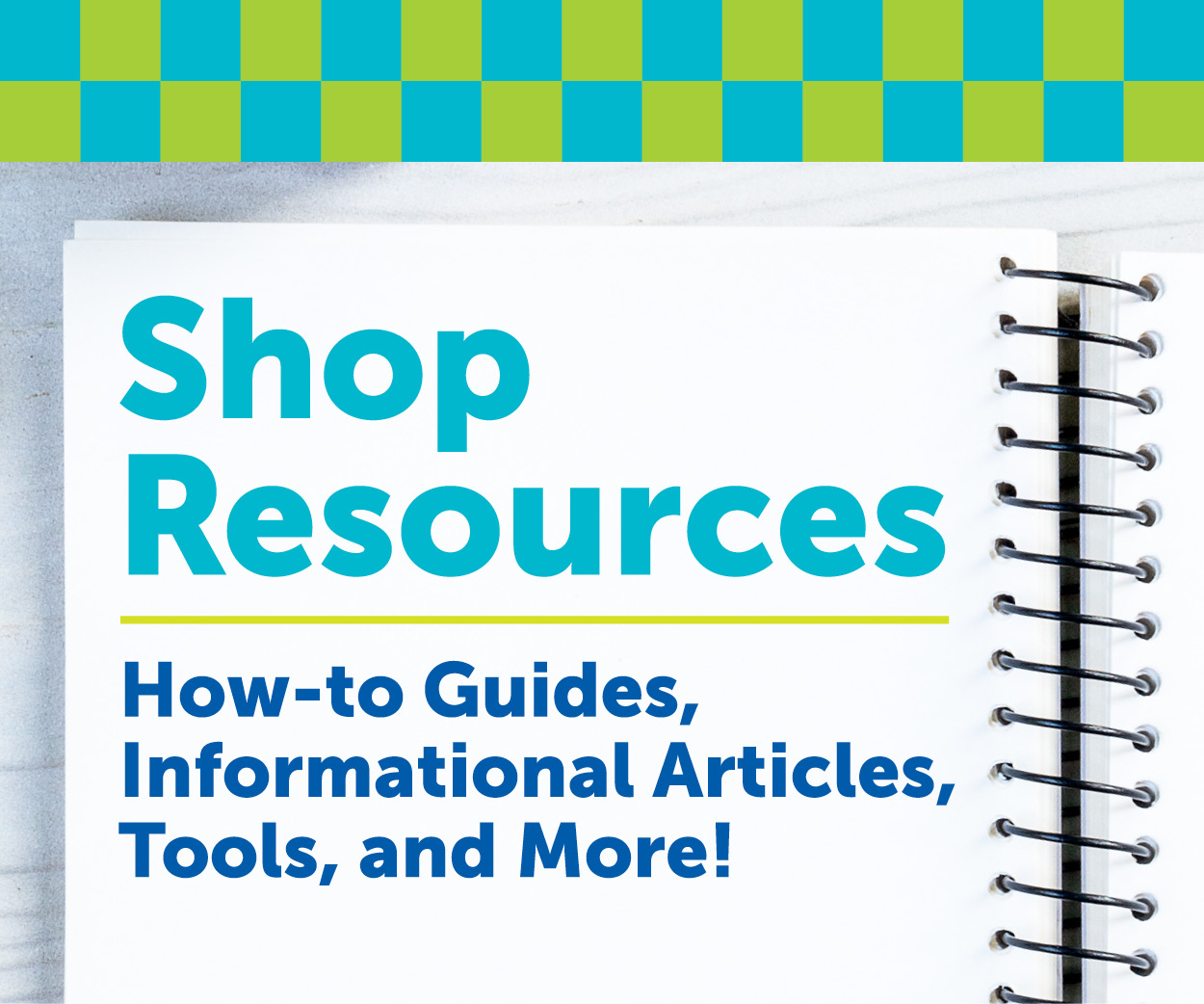
Last week we covered how to budget for inventory with funds you have. (Remember, if your inventory account is empty, don’t buy more inventory!) In part two of our budgeting for inventory series, we cover what inventory to stock and how to avoid supplier marketing schemes.
Buy with your customers in mind
First, know who you’re shopping for. If your client description is as overarching as “knitters” “quilters” or “scrapbookers” you’re not differentiating yourself enough.
Second, think of who your best customers are. A list of clients likely jump to mind, but note, your best customer doesn’t have to be the highest spender. Rather, your best customer can also be the most enthusiastic or a promoter of the store.
Once you have a list of 10-20 shoppers, buy with them in mind. Ask yourself before purchasing any product if it is something your best customers would like. If they won’t like it you shouldn’t buy it.
Finally, try to find a happy-medium when ordering inventory. You don’t want to buy so much product that it overwhelms your top customers, but you also want to have enough to satisfy demand.
Shop smart for inventory
Another thing to keep in mind are marketing campaigns from vendors. Vendors will use tactics to create a sense of urgency, such as “limited supply” or “limited-time-offering.” Remember, you should only purchase inventory if it makes sense for your store and you have enough funds in the account.
Inspiration for this post came from The Not-So-Obvious Basics of Buying by Gwen Bortner published in the October 2022 issue of Creative Quilt Retailer.
If you’re looking for more information to guide you in owning a retail business, subscribe to Creative Quilt Retailer today. Already a subscriber? No worries—join our Facebook group for insights and dialogue from industry specialists like you. And don’t forget, you can always purchase single issues if you prefer that instead.





